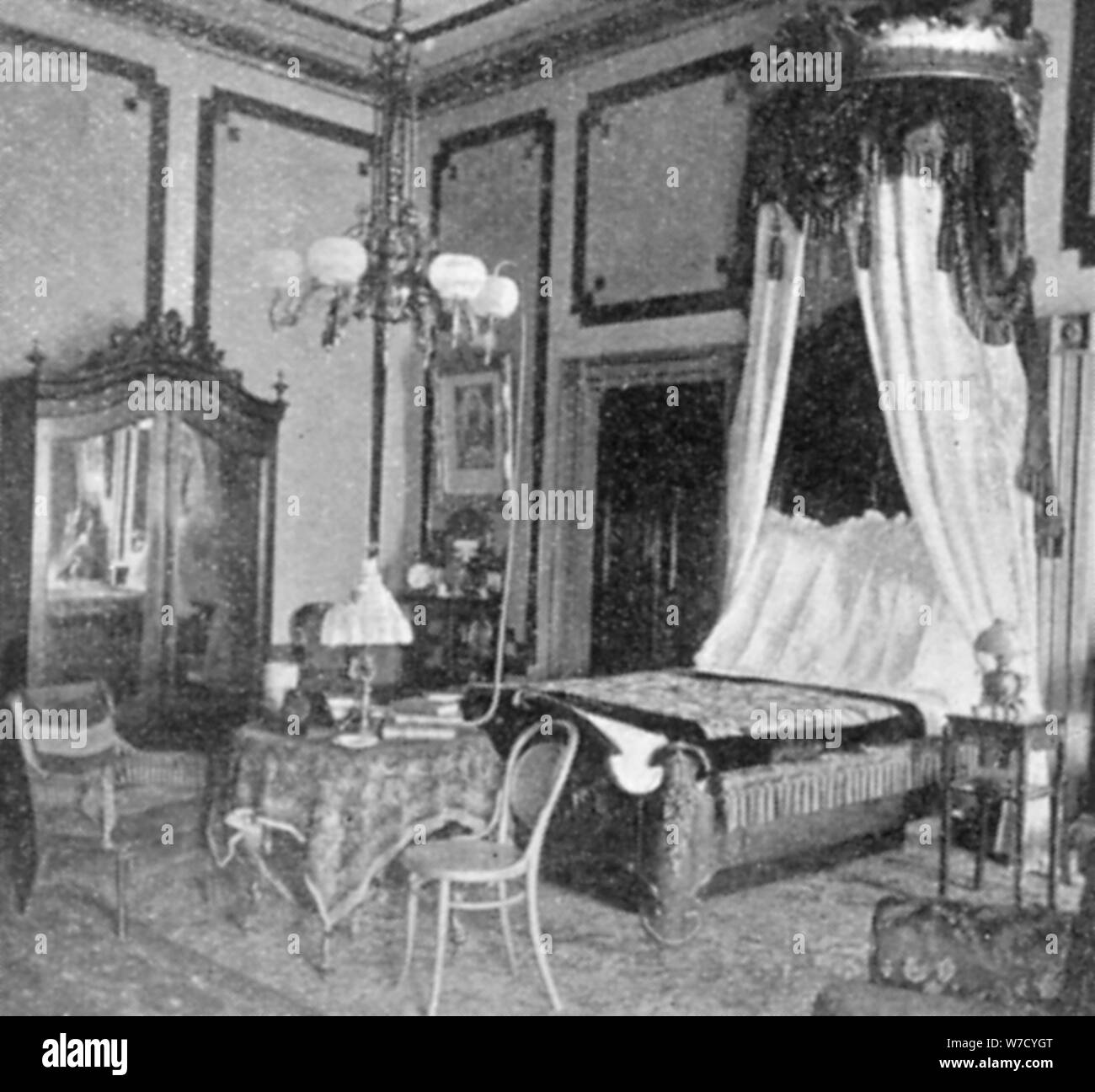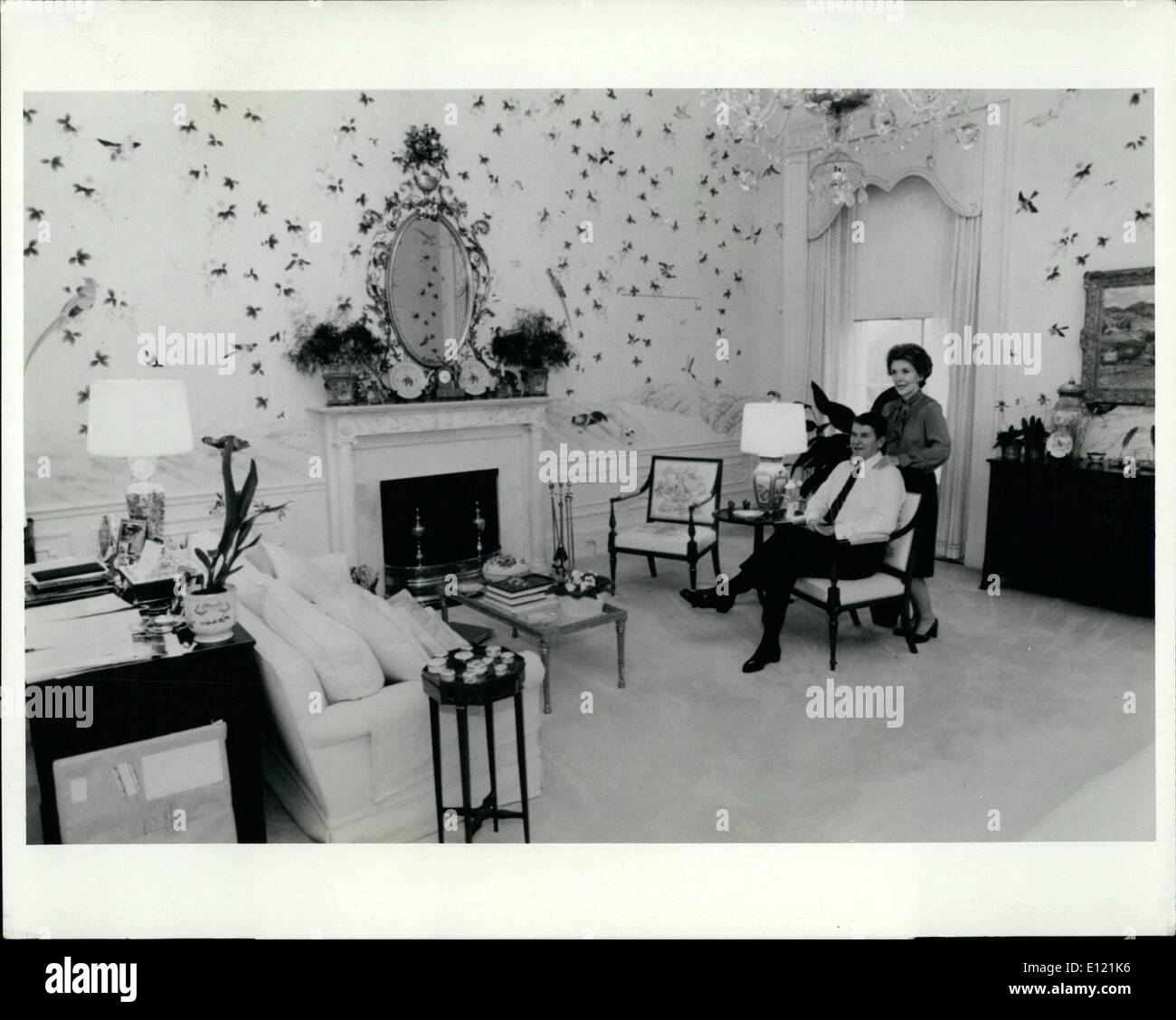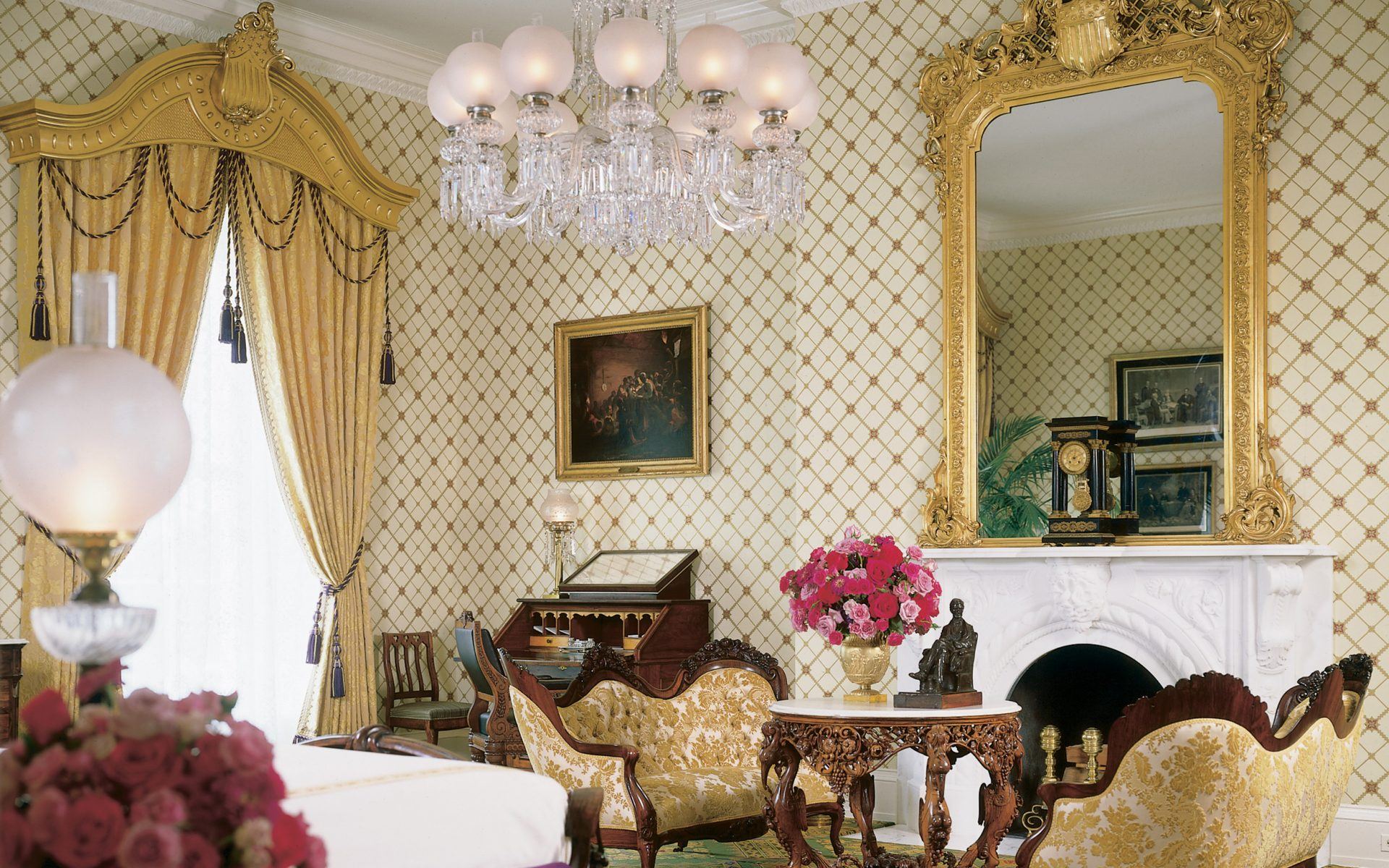History and Evolution of the White House Master Bedroom

The White House master bedroom, a space of both power and privacy, has undergone a remarkable transformation over the centuries, reflecting the evolving tastes and lifestyles of its occupants. From the modest beginnings of the first president to the modern-day grandeur, the master bedroom has served as a sanctuary, a stage for momentous decisions, and a symbol of presidential authority.
The Early Years: Simplicity and Functionality, White house master bedroom
The White House master bedroom in its early years was far from the opulent space it is today. President George Washington, the first resident, occupied a modest bedroom on the second floor, furnished with simple, functional pieces. The room served as a space for rest, but also for work and receiving guests. The bedroom’s design reflected the prevailing architectural style of the time, with a focus on practicality and functionality.
The 19th Century: A Growing Sense of Elegance
The 19th century witnessed a shift in the White House master bedroom, as presidents sought to create a more elegant and comfortable living space. President James Monroe, known for his refined taste, introduced elements of French neoclassical style, adding a touch of grandeur to the bedroom. The room began to be adorned with more elaborate furnishings, including canopied beds and decorative draperies.
The 20th Century: A Blend of Tradition and Modernity
The 20th century saw the White House master bedroom evolve into a more personalized space, reflecting the unique tastes of each president. President Theodore Roosevelt, known for his love of the outdoors, incorporated rustic elements into the bedroom. President Franklin D. Roosevelt, on the other hand, embraced modern design, introducing streamlined furniture and a more minimalist aesthetic.
The Present Day: A Sanctuary for the President
The White House master bedroom today is a blend of tradition and modernity, a space that reflects the current president’s personality and style. The room is typically furnished with antique pieces, but also incorporates contemporary touches. The master bedroom remains a place of both power and privacy, a sanctuary for the president where they can relax and recharge.
Design and Decor of the Current White House Master Bedroom

The current White House master bedroom, located on the second floor of the residence, has undergone various transformations throughout history, reflecting the tastes and preferences of different presidents and their families. The current design, however, is a blend of historical preservation and modern comfort, creating a space that is both elegant and inviting.
Key Design Elements and Their Historical Significance
The White House master bedroom, known as the Queen’s Bedroom, features a distinct design that incorporates historical elements with modern touches. The most prominent feature is the ornate four-poster bed, a staple of the room since the 19th century. This grand bed, with its intricate carvings and elegant drapery, is a testament to the room’s historical significance and provides a sense of grandeur.
Color Palette, Furniture, and Artwork
The color palette of the White House master bedroom is characterized by a combination of soft, neutral tones with pops of vibrant hues. The walls are painted in a warm, ivory shade, creating a sense of tranquility and sophistication. The furniture, including the four-poster bed, antique dressers, and comfortable armchairs, is upholstered in luxurious fabrics, such as velvet and silk, in shades of cream, gold, and blue.
The room is adorned with a selection of artwork that reflects the historical and cultural significance of the White House. These include portraits of past presidents and their families, as well as landscapes and still lifes that evoke the beauty and grandeur of the nation’s capital. The artwork adds a touch of history and elegance to the room, further enhancing its timeless appeal.
Historical Artifacts and Furniture Pieces
| Artifact/Furniture Piece | Origin | Significance |
|---|---|---|
| Four-Poster Bed | 19th century | A grand and iconic feature of the White House master bedroom, symbolizing the room’s historical significance and providing a sense of grandeur. |
| Antique Dressers | Various periods | These antique dressers, often crafted from mahogany or walnut, reflect the elegant style of past eras and provide ample storage space. |
| Comfortable Armchairs | Various periods | These armchairs, upholstered in luxurious fabrics, offer a cozy and inviting atmosphere for relaxation and contemplation. |
| Portraits of Past Presidents and Families | Various artists and periods | These portraits, depicting past presidents and their families, serve as a reminder of the history and legacy of the White House and the individuals who have shaped the nation. |
The White House Master Bedroom in Popular Culture

The White House, a symbol of American power and history, has captured the imagination of the world. Its master bedroom, a place of private moments and significant decisions, has also found its way into popular culture, becoming a recurring setting in movies, TV shows, and books. These portrayals offer a glimpse into the lives of presidents and their families, shaping public perception of the room and its role in the American presidency.
The White House Master Bedroom as a Setting in Popular Culture
The White House master bedroom has been a prominent setting in various forms of media, offering a glimpse into the personal lives of presidents and their families. These portrayals often serve as a backdrop for moments of both joy and tension, adding a layer of humanization to the presidency.
- Movies: The White House master bedroom has been featured in numerous films, including “The American President” (1995), where the president’s private life and public duties collide, and “Dave” (1993), which uses the bedroom as a setting for political intrigue and comedic situations.
- TV Shows: Popular television series like “The West Wing” (1999-2006) and “House of Cards” (2013-2018) have incorporated the White House master bedroom as a central setting, highlighting the personal and professional struggles of presidents and their families.
- Books: The White House master bedroom has also been featured in numerous books, often as a place of reflection and decision-making for presidents. For instance, in the novel “The White House” by William Safire (1975), the master bedroom is a setting for pivotal moments in the presidency.
Impact of Portrayals on Public Perception
These portrayals have contributed to the public’s understanding of the White House master bedroom as a space of both power and intimacy. The room’s appearance, furnishings, and its use in fictional narratives have shaped public perception, creating an idealized image of the space.
The White House master bedroom, a space steeped in history, is a testament to American design. While its grandeur is undeniable, the adjoining bathroom provides a more intimate setting for relaxation. For those seeking a serene retreat, consider incorporating the calming hues of blue and brown, as seen in blue and brown bathroom paint ideas.
This color combination, reminiscent of the natural world, can create a sense of tranquility, mirroring the historical significance of the White House master bedroom itself.
The White House master bedroom, a space steeped in history, offers a glimpse into the lives of America’s presidents. While its design has evolved over time, the fundamental need for storage remains. One might wonder if the same practical considerations apply to a more modest bathroom, prompting the question: can you use kitchen cabinets in a bathroom ?
Indeed, the White House master bedroom, with its intricate details and historical significance, serves as a reminder that even in grand spaces, practicality and functionality are essential.
